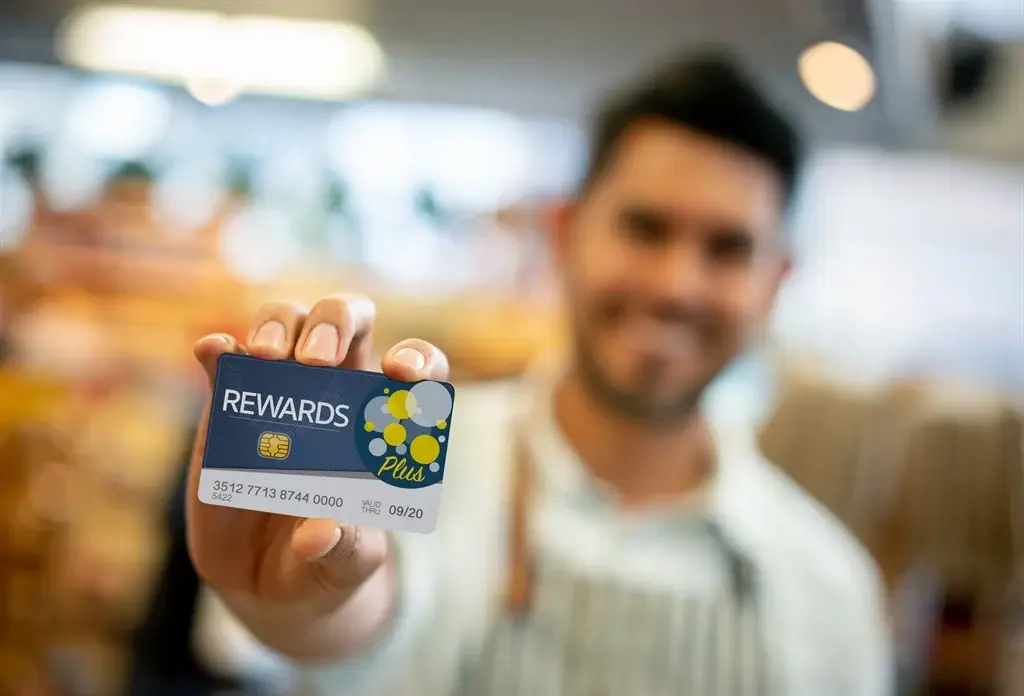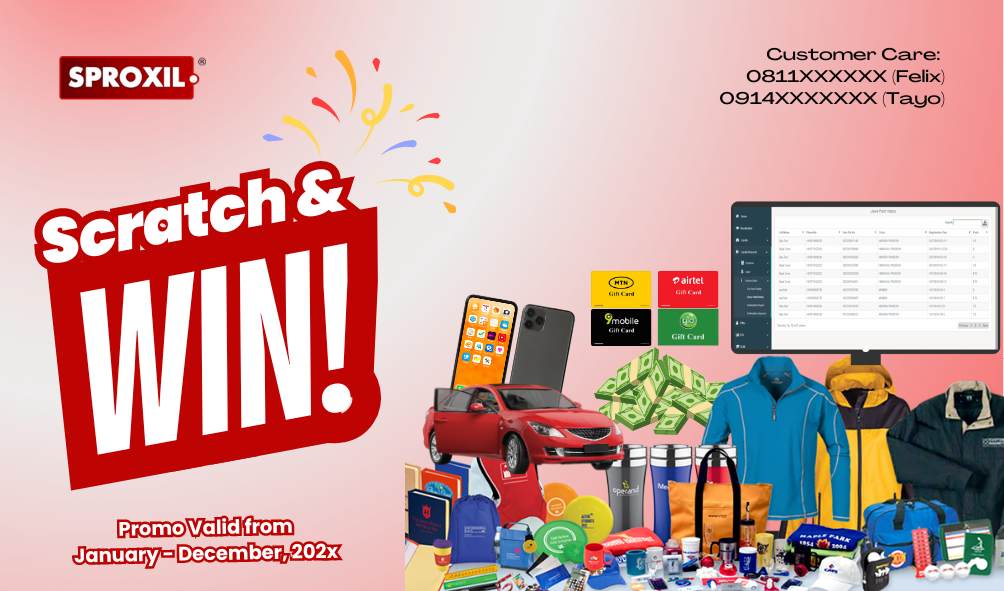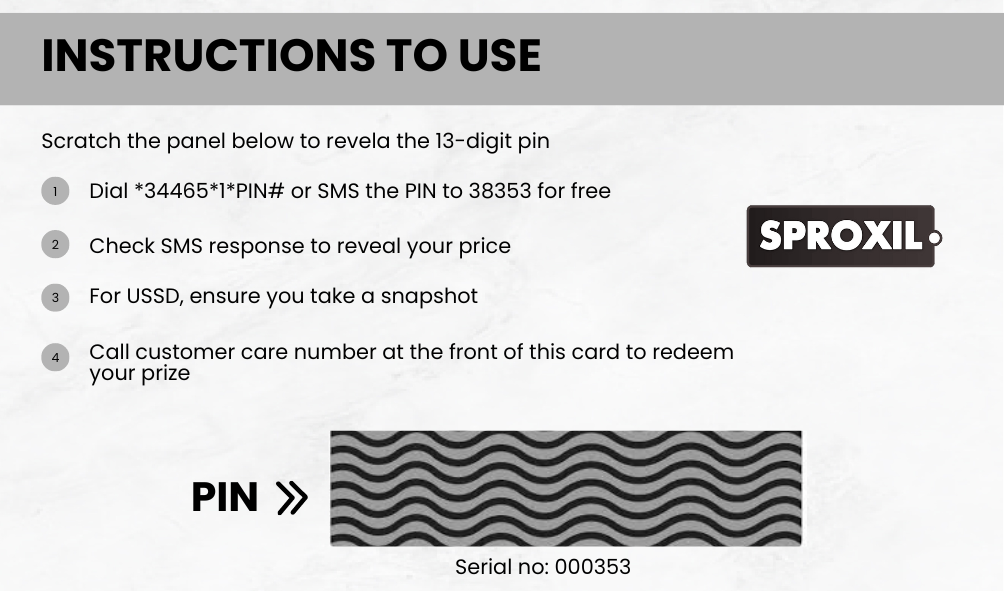
Introduction
In today’s highly competitive marketplace, especially in the fast-moving consumer goods (FMCG) sector, customer retention has become more critical than ever. With many choices available to consumers, businesses are constantly vying for attention and loyalty. The reality is that acquiring a new customer can cost five times as much as retaining an existing one. This alone should underscore the importance of customer retention for any business, particularly for those in the FMCG industry, where profit margins can be thin, and customer loyalty is often fleeting.
Customer retention refers to a company’s ability to keep its customers over time. The longer you retain a customer, the more value they bring to your business. Loyal customers spend more, make repeat purchases, and are less likely to be swayed by competitors’ offers. Moreover, they often become brand advocates, spreading positive word-of-mouth that can help attract new customers at a fraction of the cost of traditional marketing methods.
Why Does Customer Retention Matter in the FMCG Industry?
Firstly, the FMCG market is characterized by high-volume, low-cost products that consumers buy frequently. This frequent purchasing cycle provides numerous touchpoints for brands to engage with their customers and build loyalty. If a brand can create a positive shopping experience, deliver consistent quality, and offer rewards or incentives through loyalty programs, it can significantly increase the likelihood of customers returning.
Secondly, retained customers often develop an emotional connection with the brand. Over time, they come to trust that the brand will meet their needs, and this trust is a powerful driver of loyalty. In contrast, attracting new customers often requires considerable effort and expense, such as promotional discounts or extensive advertising campaigns. These efforts may draw in new customers, but they don’t always result in long-term loyalty.
Thirdly, customer retention impacts a company’s bottom line. Studies have shown that a mere 5% increase in customer retention can boost profits by anywhere from 25% to 95%. This is because repeat customers tend to spend more per transaction than new customers, and they’re more likely to try new products or services the brand offers. In the FMCG sector, where margins can be slim, these incremental gains can significantly affect overall profitability.
Retaining customers by rewarding their loyalty in a market flooded with choices can help brands stand out. Loyalty cards, for instance, provide an incentive for customers to return and create a sense of belonging, making them feel valued and appreciated.
What Are Loyalty Cards?


Loyalty cards are one of the most popular tools businesses use to encourage repeat purchases and foster long-term relationships with customers. They are typically small, wallet-sized cards—either physical or digital—that customers can carry and present whenever they make a purchase. In return, the customer earns points, rewards, or discounts which can be redeemed in future transactions. These cards act as a bridge between the business and the customer, serving as a reminder of the brand and its promise of added value.
But loyalty cards aren’t just a way to keep customers coming back; they are also powerful tools for data collection and customer insight. Through loyalty programs, businesses can track customer behavior, such as purchase frequency, preferred products, and average spend per visit. This information helps companies understand their customer’s preferences and tailor their marketing efforts more effectively.
Many businesses across various industries use loyalty cards as part of their strategy to increase customer retention. You’ve likely encountered these programs in supermarkets, coffee shops, airlines, and clothing stores. For example, the popular Starbucks Rewards Program allows customers to collect points (or “stars”) with each purchase, which can be redeemed for free beverages, food, and other exclusive rewards. Similarly, airlines use frequent flyer cards to offer customers points that accumulate with every trip, which can be redeemed for discounts or upgrades.
Loyalty cards can come in many forms:
-
Points-Based Cards:
Customers earn points for every purchase, which they can later redeem for rewards, such as discounts, free products, or other perks. An example is the Sephora Beauty Insider card, which rewards customers with points that can be exchanged for exclusive beauty products.
-
Punch Cards:
These are more traditional, physical loyalty cards that are punched or stamped with each purchase. After a certain number of purchases, customers are rewarded. For instance, many coffee shops use punch cards, where customers receive a free coffee after a set number of purchases.
-
Tiered Cards:
Some loyalty programs have different levels or tiers that customers can advance through based on their spending. As customers move up the tiers, they unlock bigger and better rewards. Airlines often use tiered loyalty cards in their frequent flyer programs, where members at higher tiers receive special perks like priority boarding and access to lounges.
-
Hybrid Cards:
These combine several loyalty features, such as offering points while also giving customers access to exclusive events or members-only sales. For instance, Amazon Prime combines a subscription service with loyalty perks, including free shipping, exclusive deals, and early promotion access.
Moreover, loyalty cards are no longer just physical cards. Many businesses are transitioning to digital loyalty cards that are available through mobile apps or customer accounts. This shift simplifies the process for customers, who can now access rewards directly from their smartphones, and it also allows businesses to gather more precise data about customer preferences and behaviors. For example, Walgreens’ loyalty program, myWalgreens, can be accessed via their mobile app, allowing customers to track points, receive personalized deals, and instantly redeem rewards.
Why You Should Consider Loyalty Cards for Customer Retention Strategy
1. Better Customer Retention and Engagement
Personalized Offers and Discounts
Loyalty cards help you gather valuable data about your customers’ shopping habits. You can use this information to offer personalized deals and discounts that make customers feel valued.
Example: Tesco’s Clubcard in the UK is a great example. By analyzing customer data, Tesco sends out personalized coupons and offers, which has significantly increased customer engagement and retention.
Exclusive Access to Products and Services
Giving loyalty cardholders early access to new products or special services makes them feel special and appreciated. This encourages repeat purchases and enhances their overall experience with your brand.
Example: Sephora’s Beauty Insider program offers members exclusive access to new products and limited-edition items, creating excitement and exclusivity that keeps customers coming back.
2. Encourage Higher Spending
Tiered Rewards Systems
A tiered rewards system encourages customers to spend more to reach higher levels of benefits. Each tier offers better rewards, motivating customers to make additional purchases to unlock these perks.
Example: Starbucks’ Rewards program has different levels where customers earn stars for their purchases. Higher tiers offer free drinks, food items, and other exclusive rewards, encouraging customers to spend more to reach these levels.
Bonus Point Promotions
Occasional promotions offering bonus points for purchases can also drive higher spending. Customers are more likely to buy more when they know they can earn extra rewards.
Example: During the holiday season, Walgreens runs promotions offering bonus points for specific product purchases. These promotions lead to a spike in sales as customers aim to maximize their rewards.
3. Build Emotional Connections
Recognizing and Rewarding Loyalty
Loyalty cards provide a way to recognize and reward your most loyal customers. They can be as simple as a birthday greeting or as elaborate as invitations to special events.
Example: Hilton Honors frequently acknowledges loyal members with personalized messages, upgrades, and exclusive event invitations. This personal touch strengthens the emotional connection between the brand and its customers.
Fostering a Sense of Belonging
Loyalty programs can create a sense of community around your brand. This makes customers feel part of something bigger, enhancing their emotional attachment to the brand.
Example: Nike’s membership program, NikePlus, creates a community of fitness enthusiasts who receive exclusive content, events, and personalized workouts. This sense of belonging fosters a deeper connection with the brand.
4. Gather Valuable Customer Data
Understanding Customer Behavior
Loyalty cards help you collect data on your customers’ buying habits. This data can be analyzed to gain insights into purchasing patterns, preferences, and trends.
Example: Kroger’s Plus Card allows the company to collect data on customer purchases, which is then used to optimize inventory, personalize marketing efforts, and improve the overall shopping experience. This data-driven approach has been instrumental in Kroger’s customer retention strategy.
Improving Product Offerings
By understanding what products are popular among your loyal customers, you can make informed decisions about your product offerings. This ensures that your shelves are stocked with products that meet customer preferences, enhancing satisfaction and retention.
Example: Amazon’s Prime membership program collects extensive data on member purchases, enabling Amazon to tailor its product recommendations and offerings to meet customer preferences. This personalized approach has significantly contributed to Amazon’s high customer retention rates.
5. Boost Customer Satisfaction
Simplifying the Shopping Experience
Loyalty cards can simplify the shopping experience by offering conveniences such as faster checkout, personalized recommendations, and easy access to rewards. This enhanced experience leads to higher customer satisfaction and retention.
Example: The Target REDcard offers benefits like free shipping and extended returns, simplifying the shopping experience for its members. These conveniences contribute to higher customer satisfaction and increased loyalty.
Providing Tangible Rewards
The tangible rewards offered by loyalty cards, such as discounts, free products, or cashback, provide immediate value to customers. This immediate gratification reinforces the positive association with your brand, encouraging repeat purchases.
Example: The Boots Advantage Card in the UK allows customers to earn points on every purchase, which can be redeemed for discounts on future purchases. The tangible rewards offered by the program have made it one of the most popular loyalty programs in the country.
Conclusion: Customer Retention is Key
Loyalty cards are a powerful tool for improving customer retention in the FMCG sector. By enhancing customer engagement, increasing spending, building emotional connections, gathering valuable data, and boosting satisfaction, loyalty cards create a win-win scenario for both businesses and customers.
How Sproxil Can Help
At Sproxil, we understand the importance of customer retention and the role loyalty cards can play in achieving it. Our innovative solutions can help you design and implement effective loyalty programs tailored to your brand and customer base. Whether you’re looking to gather valuable customer data, increase engagement, or drive repeat purchases, Sproxil is here to help you succeed.
Case Studies
- BUA Cement: Our loyalty program for Bua Cement resulted in a 97% participation rate, significantly boosting customer retention and sales.
- Roche: By implementing a tailored loyalty program, Roche was able to gather valuable customer data and increase engagement.
- Perfetti: Our innovative solutions helped Perfetti create a strong emotional connection with their customers, driving repeat purchases and brand loyalty.
- Total Nigeria: With our loyalty solution, Total Nigeria saw a significant increase in customer satisfaction and sales.
By leveraging Sproxil’s technology and expertise, you can create a loyalty program that not only meets your business goals but also delights your customers, ensuring long-term success.




